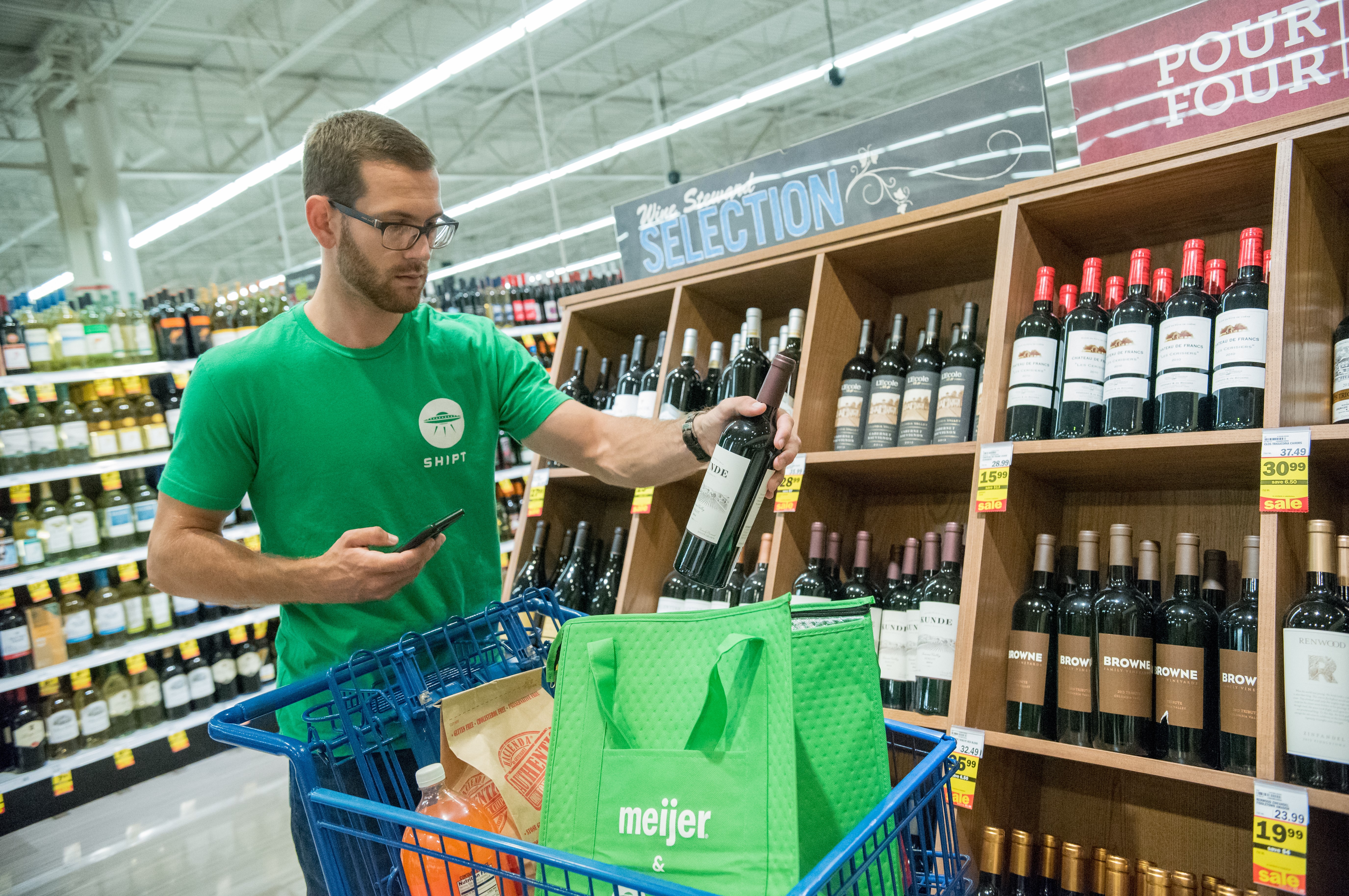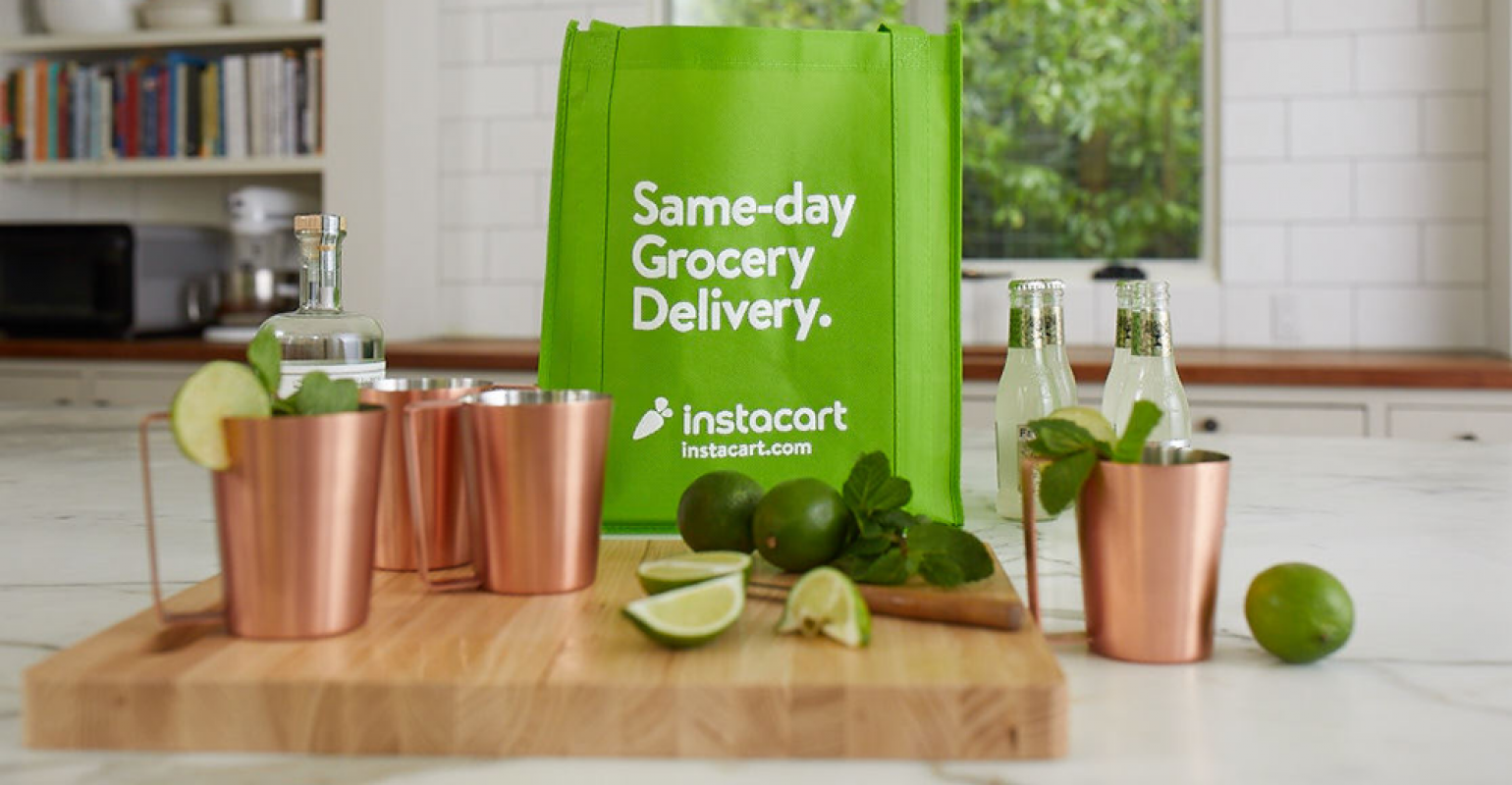Amber Roberts is Vice President of Enterprise at DRINKS, where she leads the expansion of the company’s Wine-as-a-Service platform and provides ongoing support for enterprise partners, including Boxed, Instacart, Macy's, Thrive Market and more. Roberts has over 18 years of retail, marketing and product development experience and was formerly the Head of Marketplace at Kroger, where she spearheaded the establishment of its digital marketplace model.

Earlier this year, Uber’s proposed $1.1 billion acquisition of Drizly sent shockwaves through the retail industry, generating significant commentary about Uber’s continued expansion into delivery and the so-called “delivery wars.” What’s been less examined, however, is how the acquisition represented a cataclysmic moment for alcoholic beverage e-commerce. Despite being a massive market (more than $300 billion), alcohol is one of the last categories to meaningfully come online.
However, the pandemic changed everything over the last year and a half. As the COVID-19 crisis drove rapid adoption of e-commerce and grocery delivery, it also accelerated demand for online alcohol. Over the course of 2020 alone, alcohol e-commerce orders grew by 80%. And even though the U.S. is loosening restrictions and life is feeling more like pre-pandemic times, that doesn’t mean that online alcohol will fade away. On the contrary, by 2024, it’s estimated that e-commerce will account for 7% of alcohol sales (a 7x increase from 2019 levels).
The opportunity for retailers is obvious. Alcohol has long been an enormous source of revenue and profit for brick-and-mortar retailers, but they’ve been slow to add the category to their e-commerce offerings — primarily due to complex regulations that left little room for digital disruption. In that absence, the market has been dominated by smaller, digitally native players, with delivery platforms now taking pole position and hoovering up customer demand. The Uber and Drizly deal was a stark reminder that retailers need to urgently advance their online alcohol offerings or risk abdicating their market opportunity completely.
In order to successfully bring alcohol online, retailers must confront long-standing complications that are unique to the category.
Alcohol is heavily regulated and thus very complicated
Regulation is far and away the most prominent obstacle facing retailers looking to offer alcohol online. Alcohol is one of the only products regulated at the federal level. Following the repeal of Prohibition in 1933, the United States created a three-tier system to channel alcohol through producers, distributors and retailers. This worked reasonably well for brick-and-mortar alcohol sales, but the rise of e-commerce introduced unique challenges that are not neatly covered by the country’s nearly century-old legal framework.
Alcohol legislation was then left to be dictated at the state (and often county) level. So, for each state or county a retailer services, there are distinct rules they must follow in order to remain compliant. What works in one state may be illegal in another. For example, Pennsylvania is an enormous market, but liquor stores are operated solely by the Pennsylvania Liquor Control Board. Retailers are strictly limited to what they can sell and, as a result, customers don’t have as much product variety as in other regions. In many east coast states, grocery retailers can’t sell wine at all in their stores.
Many of these rules were loosened in reaction to COVID-19, but the regulatory patchwork remains. For retailers, it is critical that they have legal experts and partners on hand who can help them navigate the regulatory terrain and launch programs that are fully compliant in each market.
A Shipt shopper prepares a wine order for delivery at a Meijer supercenter store.
Internal barriers can slow everything down, so you must find an executive stakeholder
Because alcohol is so heavily regulated, retailers can’t generally get to market with the same digitally tasked team they use for many other products. It requires coordination among several teams — such as alcohol beverage, e-commerce, brick-and-mortar, and legal — depending on an organization’s structure. Our experience has shown us that it can be tricky to get a new adult beverage program online but the customer experience benefits and margin opportunity more than make up for the internal politics involved.
Alcoholic beverages is the only product category that requires such alignment. So, the larger an organization gets, the more difficult it can be for these silos to communicate with each other. If this breakdown happens, the initiative can fall into complete limbo.
Every company is unique, so the first priority is to find an executive stakeholder who will throw their weight behind the initiative. Buy-in at the executive level will help marshal the disparate units together in order to overcome obstacles and clear a path for alcohol e-commerce programs to come to fruition.
Some retailers have taken the last-mile, same-day delivery route and partnered with services like Instacart to fulfill orders from individual stores. 
Choosing the right alcohol e-commerce approach for you
Once given the green light, there are different avenues to get alcohol to consumers that range across the omnichannel spectrum. Retailers, brands and marketplaces can’t just choose one pathway, however. They must be vigilant and take a diversified approach so their customers can shop in a variety of channels to meet their needs and retailers can foster loyalty with them directly.
- Last mile: Companies like Costco and Aldi have taken the last mile, same-day delivery route and partnered with services like Drizly and Instacart to fulfill orders from individual stores. Amazon does something similar with Prime and Whole Foods delivery.
- Pros: These options are good for customers that live in urban and suburban markets and have an urgent need.
- Cons: The services don’t reach most ZIP codes and come with additional fees and tipping.
- BOPIS and curbside pickup: Other retailers such as Target have leaned into buy online and pick up in-store (BOPIS) and curbside pickup models.
- Pros: This is an easy way for customers to combine their alcohol orders with other purchases in one fell swoop
- Cons: Because it’s not delivered, convenience is minimized. Plus, customers are limited by the stock in that specific store or region.
- Ship-to-home: Retailers like Kroger and Boxed have taken a traditional e-commerce route and worked with third-party partners to launch ship-to-home wine programs as an extension of their existing e-commerce sites.
- Pros: These programs allow consumers to order alcohol and other necessities from one store and have everything delivered to their doorsteps. It also allows for nationwide, state-based shipping instead of splicing based on specific ZIP codes.
- Cons: While it’s not as instantly gratifying as same-day or curbside pickup, the experience is more akin to what customers are used to when shopping online generally.
Once your alcohol e-commerce service is live, make sure customers know about it
Consumers are still acclimating to a world where they can buy their alcohol as easily as they buy everything else, so education is vital. Retailers must invest time and resources into marketing initiatives that effectively communicate that something new and different is available to their customers. The good news is that once your customers experience the convenience of e-commerce, they are likely to repeat. A recent consumer sentiment survey found that 53% of consumers plan to order online more often, signaling a fundamental shift in how consumers buy alcohol.
After Walmart expanded its grocery pickup service, the company embarked on a huge, national advertising campaign to make it clear that customers could order online. The effort took considerable time, money and focus, but now it’s evident that those efforts were worthwhile in the long run. In the first quarter of 2020, even before the pandemic set in, Walmart reported 74% YOY e-commerce growth, largely driven by grocery pick up.
Bottom line: Alcohol e-commerce is a large opportunity that is here to stay
Aggressive, thoughtful, forward-looking retailers understand that they can no longer ignore a lucrative market simply because the product category is complicated. There are significant challenges with regulated products. However, there are also proven methods for launching successful, vibrant alcohol e-commerce programs that will resonate with consumers across the country, satisfy new-found demand and capture market share of an enormous product category.





